
Know How you can Have all the Sources Blending Into One Big Revenue Model For Restaurant Booking App.
Revenue Fact of OpenTable
According to the stats of a research, OpenTable made US $190.05 M in 2013.
And we are running in 2017!!!
Yes! We are talking about the business which connects the people looking for restaurants to a worry-less table reservation by merely a click or a smartphone tap.
The best and the most unique thing about the business is, it has got on-board almost all the revenue generating possibilities incorporated and still manages to operate with the same seamless approach as that of a business with a single revenue model.
Disruptive you say?
I choose to call it all-around disruptive.
Current Revenue Model of OpenTable
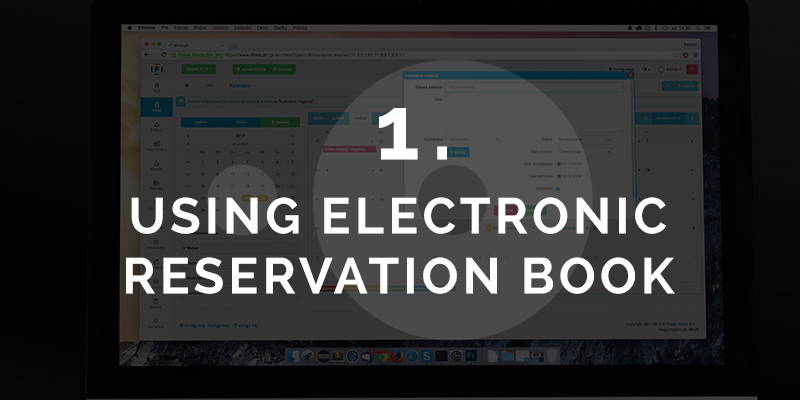
Subscription
OpenTable lays out software, ‘Electronic Reservation Book’, which allows online reservations, helps run restaurants in the form of seating arrangements, wait list arrangements, and take notes on the repetitive customers.
The restaurants pay a one-time fee for installation and training costs, and a monthly subscription fee also applies.
Reservation Revenue
OpenTable charges a fee of $1.00 for each dinner that completes a reservation from the OpenTable’s website or from the mobile app.
OpenTable also charges a fee of $ 0.25 per diner for the reservations made through the restaurant’s website using OpenTable software.
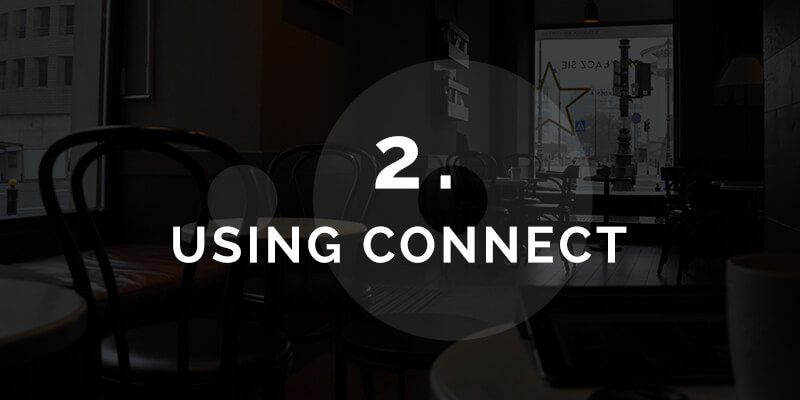
Subscription
Connect is a lighter version of the company’s reservation system, which is purely a web-based system that enables the restaurants to accept online reservations.
Connect is most-widely used for the restaurants who normally rely on the walk-in customers.
From the restaurants with the Connect system, OpenTable receives a fee for each diner who completes his reservation.
Reservation Revenue
OpenTable receives $ 2.50 per diner who makes an online reservation using the OpenTable’s website or mobile app.
It charges $ 0.25 per diner who makes an online reservation made through the restaurant’s website using OpenTable tools and software.
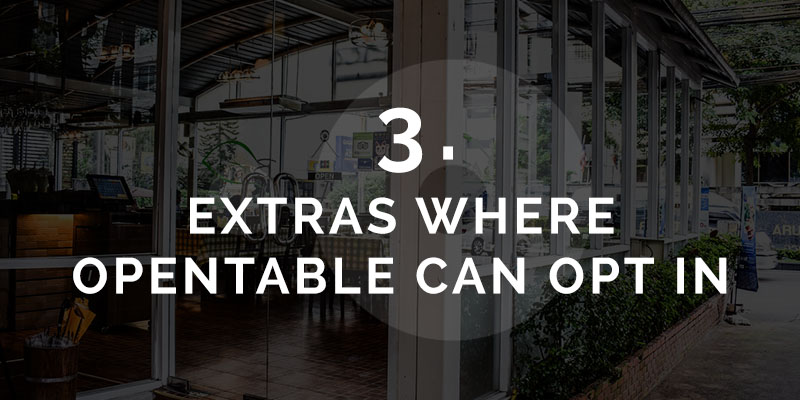
OpenTable POP
OpenTable POP is a pay-for-performance marketing program offering diners 1,000 OpenTable dining points to book a reservation at a restaurant.
Targeted Audience:The diners who are undecided about where to dine.
Control Over Connect: The restaurants can choose which days and times to offer this program to diners.
Pay-for-performance:The restaurants only pay for the diners who actually turn into real seated diners.
Reports and Analysis: The restaurants can even know their ROI with the help of identifiable program covers and reporting.
Under this program, OpenTable receives more per diner i.e. $7.50 if a restaurant opts to be featured as a ‘1000 point’ restaurant, which rewards diners with extra reward points for making reservations at certain times.
OpenTable Spotlight Program
The Spotlight program sells discount restaurant coupons to customers. The revenues from the coupon sales are split between the restaurant and OpenTable.
This way it helps promote a restaurant without discounting. The restaurants can choose reservation days and times for which they would like to entice their customers to book and OpenTable offers the diners 1,000 dining points to book during these POP times.
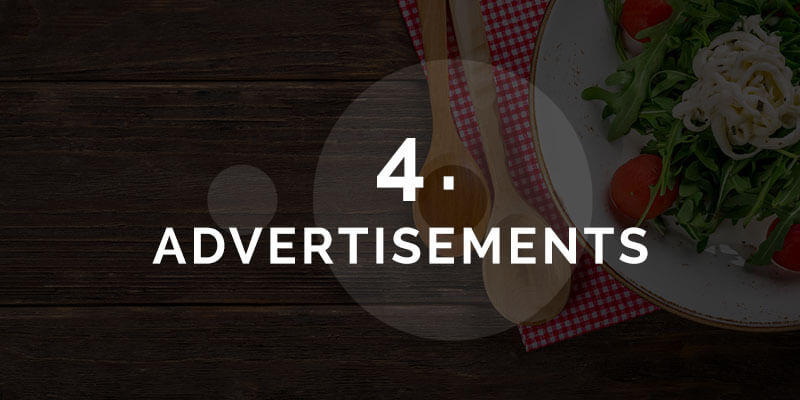
Though OpenTable does not completely rely on advertisement, it has considered and implements.
Wondering about how much revenue does OpenTable make using these marketing tactics?
The company’s revenue breaks down roughly in half between per diner reservation fees and subscription.
As mentioned earlier, it also relies on some other revenue generation sources like ads on OpenTable.com
Thus, when we arrange the successful revenue generation strategy of OpenTable in an ascending order:
1) Revenue from Subscriptions
2) Revenue from Reservations
3) Revenue from Installations
4) Revenue from Ads
Analyzing the Revenue Model of OpenTable
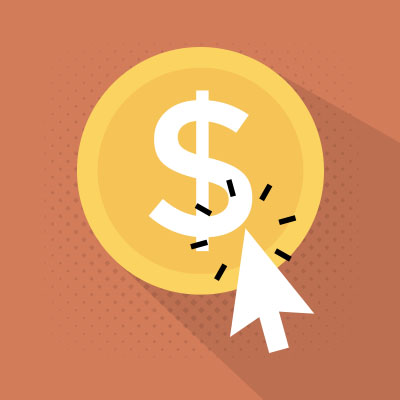
Revenue from Subscriptions
The restaurants who wish to be featured on OpenTable have to subscribe to the monthly subscription plan in return for getting more ways to reach out to the customers.
Revenue from subscriptions is the most addressed way to earn revenue.
This reminds me of Tinder, which entirely depends on the subscription plan in the form of Tinder Plus and Tinder Gold. Read how smartly it designed its subscription model here.
When the restaurateurs subscribe to the online booking portal, they are charged some fees for which they are getting more advantages in the form of the customers.
Thus, while setting out to build an app similar to OpenTable, it is important that the subscription plans that you formulate are in line with what you have got in stores to offer to the restaurateurs.
The point that is built here is:
Make business while helping the restaurateurs make business.
Revenue from Reservations
The revenue structure from reservation is similar to that of commission per ride as in the Uber business model.
When the restaurateurs opt in for the revenue, they only pay for the diners who have completed their reservations and have actually showed up.
The reservation revenue model comes handy to the restaurateurs, since it is more performance-oriented than platform-oriented.
What happens is, when a platform follows pay-per-reservation revenue model, it charges only for the diners that show up on the platform.

This is further split up by OpenTable into two types:
1) Reservations made by using OpenTable as a platform
2) Reservations made by using the Restaurant’s website by using the tools of OpenTable
While it is obvious to make a cut with the help of the reservation by one’s online booking portal, it is equally important to ensure that the portal does not claim a lion’s share even on the seats that are reserved by the restaurateur’s platform.
Otherwise, it will be a big reason to turn off the restaurants.
The point that is built here is:
Be a part in the loss and gain, as you do in the business endeavors.

Revenue from Installations
Talking about OpenTable, it charges a one-time fee for the Electronic reservation book software, it provides along with the training. This also adds a one-time installation fee.
Since, this can be charged only for a time, the online booking portal can charge a big amount in return for the software, tools, and training they provide to the restaurant owners.
The best part about the installation software is, they get more attention from the restaurant owners when they find out that their competitive restaurant owners have installed it.
Also, there is some data in the form of the customer’s details, their loyalty, their pattern of visiting the platform, etc., which is developed and linked in such a way that once the restaurateurs unsubscribe to the portal, they lose all their precious customer’s data.
Thus, the revenue model of installation should be employed in such a way that it targets the envy nerve of the restaurant owners and they remain intact on the platform.
The point that is built here is:
Give away your customers something big, but not for free.
Revenue from Ads
Making money from the advertisements is the most common way to earn revenue for the platform.
For the platform that has got a revenue model in the form of advertisements, it should be taken care of that it does not have restaurants already listed on the platform.
Otherwise, employing the restaurant’s ad on the platform does not make any sense and ultimately the revenue would suffer if the online booking platform solely depends on the advertisement as a source of revenue.
The point that is built here is:
Help a business gain audience, while you make money.

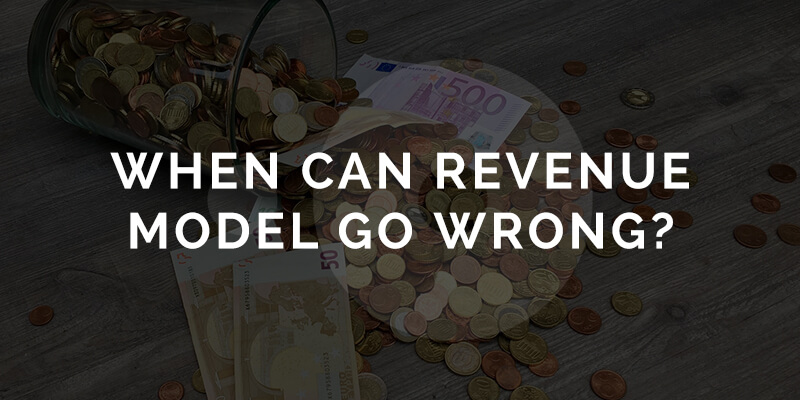
Though the revenue model feels like an ultimate one, there are several threats to it. The restaurateurs can feel like they get a partial share in what they pay. The subscription fees are fixed every month no matter how many diners the service does draw or doesn’t.
Pertaining to the competitions the restaurants might feel that they are forced to join OpenTable and could have invested their hard-earned money in some other plan.
Also, OpenTable owns all the subscription data saved on its hardware.
Once the restaurateurs cancel the subscription, they even tend to lose all the customer data which they could have retained, if they would saved separately instead of joining to OpenTable.
This can be considered as a big loss specially for the industry that heavily relies on the information of the customers and customer history.
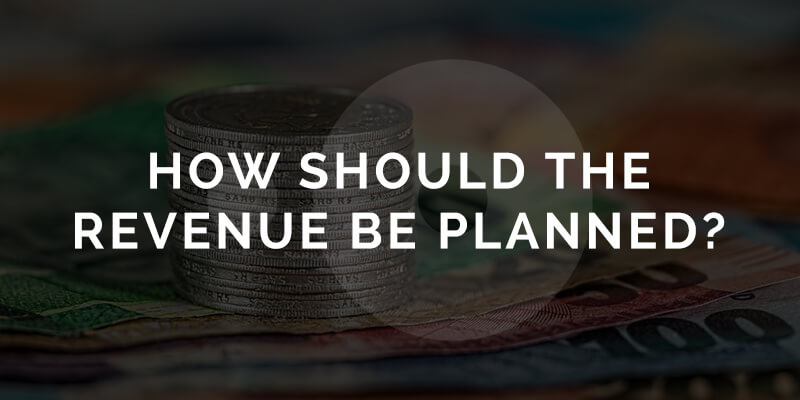
The revenue model for restaurant booking app should be such that, when you are planning to launch an app similar to OpenTable without any restaurant listed on it, ads will get you both – a list of restaurants to be featured on the platform as well as the initial revenue source.
In parallel to ads, the main purpose of the platform that is to sale the assisting software to the restaurants should be kept in mind and marketing for the same should be done.
Later, when the customer graph spikes up to a somewhat satisfactory level, reservations per diner can be introduced.
This is how you can make money for longer even without putting an additional effort in the cycle consisting of an electronic reservation system software and charges per diner. So, now the platform has got three sources of revenue.
Again, when the loyalty of the customers is at peak for the portal, and the same is acknowledged by the restaurateurs, subscription plans can be employed.
Ultimately, this will consist of many different sources of revenue for different purposes, thereby making the online reservation platform reserve big profit for itself.
A Distinct View
OpenTable has got no wallet integration and all the transactions are made offline as the transactions only happen in between the restaurateurs and the online reservation portal.
But when we take a 3D look of the platform that has got a wallet integrated within itself, all you will see is a pay per transaction option as well.
This will be a bit similar to the revenue for reservation or fee-for-diner revenue model.
The only difference is that the portal will be a mediator and will monitor all the transactions that take place between a particular restaurant and the diners.
This will help manage the revenues from all the sources at one place for the platform apparent to OpenTable business.
Other than this, you can on your own decide and develop a prolific revenue model once you comprehensively study the business model of OpenTable.
Still, can’t figure out the revenue model for restaurant booking app?


